Our understanding and treatment of mental illness has come a long way over the centuries – and it’s just as well! In medieval times, people suffering a bout of ‘melancholia’ or those deemed ‘mad’ were seen as a great embarrassment to their families and were routinely locked away, hastily removed from the public eye. But what happens when that person is the most powerful person in the country? As history will show us, handling a ‘mad monarch’ was a difficult and risky business!
Nebuchadnezzar II – 7th Century BC, Babylon
Born in 634 BC in what is now called Neo-Babylonia, Nebuchadnezzar II became one of the greatest Babylonian kings. In his quest to make Babylon the most powerful city-state in the east, Nebuchadnezzar and his armies went up against the Egyptians and the Assyrians, defeating both. He successfully managed to gain control of all the trade routes in Mesopotamia, from the Persian Gulf to the Mediterranean, by subduing the Syrians and Palestinians. Although Nebuchadnezzar’s military and political accomplishments were great, he appeared to have suffered a period of insanity, which is described in the Bible.
According to Daniel 4:25, Nebuchadnezzar had a disturbing dream, which his interpreter told him meant, “You will be driven away from people and will live with the wild animals; you will eat grass like the ox and be drenched with the dew of heaven. Seven times will pass by for you until you acknowledge that the Most High is sovereign over all kingdoms on earth.”
According to the biblical text, this prophecy was fulfilled: “All these things happened to King Nebuchadnezzar. Twelve months after the dream… Nebuchadnezzar was forced to go away from people. He began eating grass like an ox. He became wet from dew. His hair grew long like the feathers of an eagle, and his nails grew long like the claws of a bird. Then at the end of that time, I, Nebuchadnezzar, looked up toward heaven, and I was in my right mind again”.
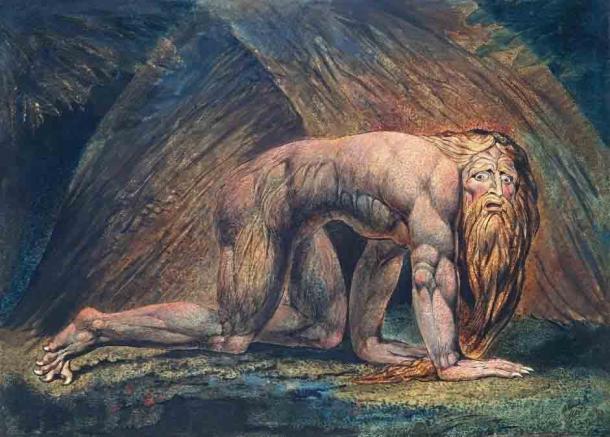
‘Nebuchadnezzar’ (c. 1795/1805) by William Blake. ( Public Domain )
The Babylonian king’s insanity was said to last seven years. Incredibly, there exists a term that describes Nebuchadnezzar’s condition – boanthropy is a psychological disorder in which the sufferer believes he is a cow or ox!
Caligula – 1st century AD, Rome
Caligula’s reign from 37-41 AD was filled with murder and debauchery, to levels that even his infamous nephew Nero could not reach. In the latter years of his life, Caligula’s behavior became so outlandish and extreme that many believe he was suffering from insanity.
Caligula was only 25 years old when he became the emperor of Rome. At first, he was a loved and welcomed emperor. He granted bonuses to those in the military, eliminated unfair taxes, and freed those who had been unjustly imprisoned. He also hosted lavish chariot races, gladiator shows, and plays, to the delight of Roman citizens.
However, a few short months after Caligula became emperor, he became seriously ill. Although he recovered from his illness, it was a turning point in Caligula’s mental state, and he began to unravel. One of Caligula’s most egregious acts was to declare himself a living god. He ordered the construction of a bridge between his palace and the Temple of Jupiter so that he could meet with the deity.
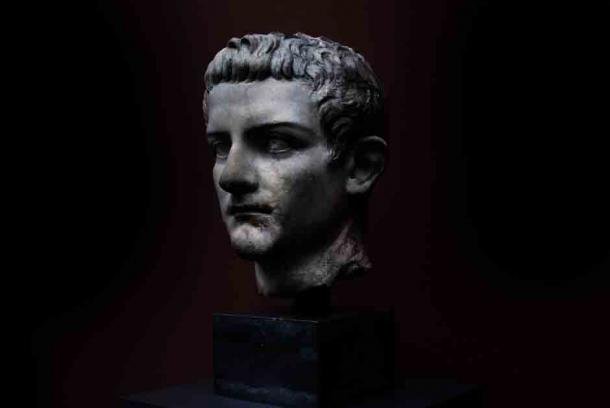
Emperor Caligula. ( Bobbex /Adobe Stock)
He also began appearing in public dressed as various gods and demigods such as Hercules, Mercury, Venus, and Apollo. Caligula had the heads removed from various statues of gods and replaced with his own in several temples. And then there was his horse, Incitatus… It is said that the emperor had such a fondness for the animal that he gave it its own house, complete with a marble stall and ivory manger. The oddest part of the tale is that Caligula apparently had plans to make Incitatus a consul, one of the highest political positions of the Roman Republic!
On January 24, 41 AD a group of guards attacked Caligula after a sporting event. He was stabbed more than 30 times and killed.
King Charles VI – 14th century, France
Charles VI was the King of France for 42 years – from 1380 until his death in 1422 AD. His reign started off well. After he took power at the age of 21, the economic and political situation in the country improved and Charles came to be known as “Charles the Beloved”. But by his mid-20s, Charles started to experience bouts of psychosis.
One of his most famous episodes occurred at the age of 32, in which it’s recorded that Charles appeared to be in a “fever” and killed four of his own knights in a frenzy, before attacking his brother Louis of Orleans. From then on, Charles suffered from repeated bouts of insanity which became progressively worse, until the “Beloved” king came to be known as “Charles the Mad”.
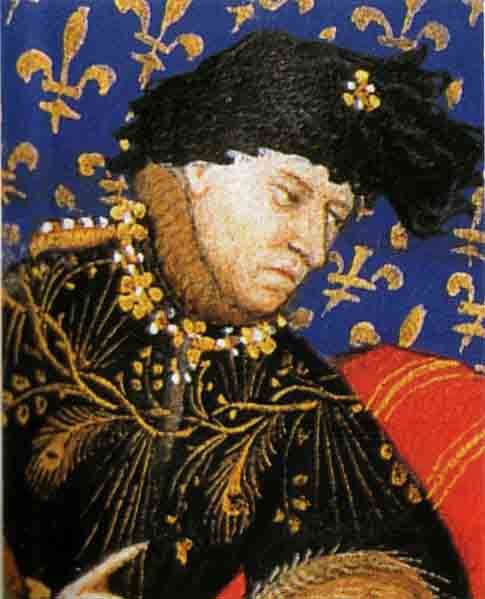
A mad monarch, King Charles VI of France. ( Public Domain )
He claimed he was Saint George and lost recognition of his own wife and children. He was known to run wildly through the palace corridors and, in 1405, refused to bathe or change his clothes for five months. One of his more bizarre delusions was that he was made of glass and reportedly had iron rods sewn into his clothes to prevent himself from shattering. The term “glass delusion” was eventually coined for this condition.
Despite his fragile mental state, Charles VI continued to rule France until his death, but not before his mental state had had a devastating effect on his kingdom, which became crippled by civil war, power struggles, and endless conflicts with England as part of the Hundred Years’ War. His death in 1422 was largely a relief for all concerned.
King Henry VI – 15th Century, England
Henry VI, born 1421 AD, was crowned King of England before his first birthday and held the throne until 1461. Ruling during the turbulent time of the Hundred Years’ War , in which his uncle Charles VII contested his claim to the French throne, Henry VII’s reign was never an easy one, especially for a person described as shy, passive, and averse to warfare and violence.
It was upon hearing of England’s defeat during a battle in Bordeaux in 1453, leaving Calais as England’s last remaining territory in France, that Henry VII suffered a complete mental breakdown. It left him in a virtually catatonic state for more than a year. He sat in his room day in, day out, slumped like a rag doll in his chair, even failing to respond to the birth of his son and heir, Edward. No one knew if or when he may recover. In his unpublished biography of the king, K.R.J. Tattersall writes:
“The King fell into an inertia; a torpor from which he could not be roused. At first his household tried to keep the matter as quiet as possible in the hope that the fit or whatever it was would soon pass and Henry would return to his normal self. But it quickly became evident that it would not pass so easily and so could not be kept a secret for any length of time. For the time being he remained at the hunting lodge of Clarendon, since he was clearly in no condition to travel. At Westminster the Council carried on government in the King’s name as if nothing had happened, but they were not going to be able so to continue if the King’s state did not soon improve.”
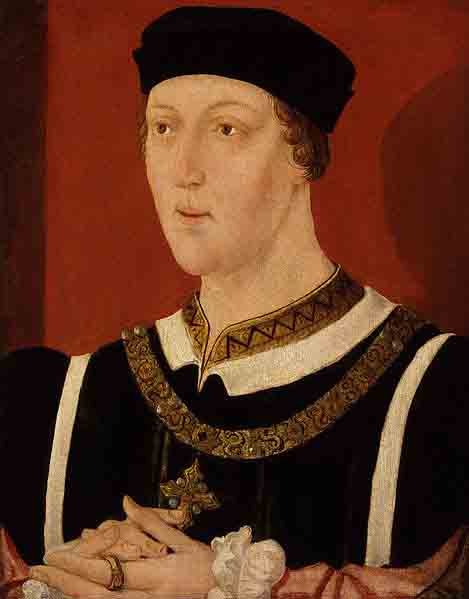
Portrait of King Henry VI. ( Public Domain )
Henry did recover, albeit temporarily, and was reportedly astonished to hear his wife had given birth to a son. His condition worsened again in 1456, leaving him in a state of lethargy punctuated by a routine of religious devotions.
King Henry VI was eventually deposed by Yorkist forces in 1461 and exiled. He was imprisoned in the Tower of London in 1471. On the day that Edward IV of York returned to London in triumph, Henry VI was found murdered.
Joanna of Castile – 15th Century, Spain
The tale of Joanna of Castile is a tragic one, punctuated by periods of so-called insanity, as well as many years of confinement. The daughter of Queen Isabella I of Castile and King Ferdinand II of Aragon, Joanna was married off at the age of 16 to Philip the Handsome, Archduke of the House of Habsburg.
Although Joanna was born fourth in line to the throne, a series of deaths in her family made her the heir presumptive to the crowns of Castile and Aragon, and when her mother, Queen Isabella, died in 1504, Joanna became Queen of Castile. However, she had little effect on national policy during her reign as she was declared insane and imprisoned under the orders of her father, who ruled as regent until his death in 1516.
It is said that Joanna’s mental instability began after the sudden death of her beloved husband in 1506. Historical records state that ‘Juana la Loca’ (Spanish for “Joanna the Mad”) traveled through Granada for eight months with her husband’s coffin and was rumored to kiss and caress the corpse. Some historians suggest she may have suffered from melancholia, psychosis, or schizophrenia. However, the claims of Joanna’s mental illness as propagated during her lifetime remain controversial. Whether she was really insane or simply a victim of power struggles in which her father wished to maintain control over the kingdom may never be known.
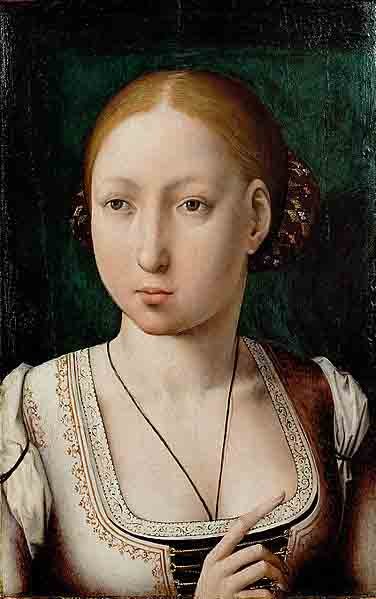
Portrait of Joanna ‘The Mad,’ Queen of Castile and Aragon. ( Public Domain )
Sadly for Joanna, her torment did not end with the death of her father in 1516. Upon his passing, Joanna and her teenage son Charles were made co-monarchs of Aragon. However, Charles ensured his domination over the throne by having his mother confined for the rest of her life in the now demolished Royal Palace in Tordesillas, Castile. Charles wrote to her caretakers: “It seems to me that the best and most suitable thing for you to do is to make sure that no person speaks with Her Majesty, for no good could come from it”.
Joanna died in 1555, at the age of 75, in her place of confinement.
Emperor Jiajing – 16th century, China
In 1521 AD, Zhu Houcong succeeded his cousin, the Zhegde Emperor, as the 12th Emperor of the Ming Dynasty and adopted the regal name Jiajing, which meant ‘admirable tranquility’, but he was far from tranquil.
Jiajing dabbled in Taoism and became obsessed with obtaining the legendary elixir of immortality . The mad emperor believed that collecting the menstrual blood of female virgins and using it to make a substance called ‘red lead’, would give him powers that would enable him to live forever. Numerous girls aged 13-14 were kept for the production of this vile concoction, and were fed only mulberry leaves and rainwater, as the Emperor believed this would keep his substance pure. The young women were beaten and starved, and if they became ill they were tossed away. His concubines were also violently beaten into submission so they would passively cater to his every sexual whim.
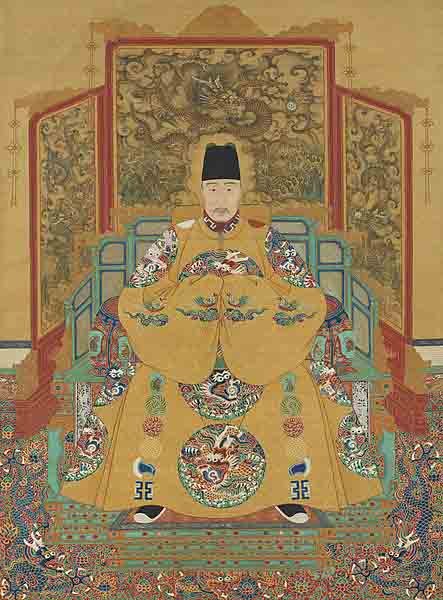
Emperor Jiajing was a sadistic ruler. ( Public Domain )
However, 16 of his ill-treated concubines banded together in 1542 to plot the murder of this sadistic ruler. One evening, the women snuck into his bed chamber and held down the emperor while one concubine tried to strangle him with a ribbon from her hair. When this failed, they tied a silk curtain cord around his neck, but unfortunately they tied the wrong kind of knot and were not able to tighten the noose to finish the job.
One of the conspirators panicked and reported the assassination attempt to the Empress. As the emperor was unconscious until the next afternoon, the Empress took matters into her own hand, and had the palace women executed by ‘slow-slicing’, known also as ‘death by a thousand cuts’.
The Jiajing Emperor died in 1567 at the age of 59. It has been widely speculated that he succumbed to the toxic mercury contained in the ‘elixirs of immortality’ that he had been ingesting over his lifetime.
Ibrahim – 17th Century, Ottoman Empire (present day Turkey)
Ibrahim was the Sultan of the Ottoman Empire from 1640 to 1648 AD. He spent his early life in the confinement of the Kafes (literally translated to “cages”), part of the Ottoman Palace where successors to the throne were kept under a form of house-arrest and under close surveillance by palace guards. Four of his brothers had already been executed by his brother Murad IV, who was Sultan 1623 – 1640, and Ibrahim lived in fear that he would be next.
After Murad’s death, Ibrahim was the sole surviving prince and was asked to assume the Sultanate, but Ibrahim was convinced Murad was still alive and plotting to trap him. He finally assumed the throne after a personal examination of his brother’s dead body.
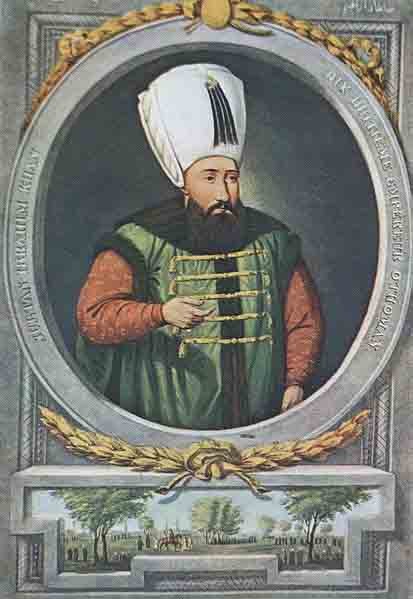
The Mad Sultan – Ibrahim of the Ottoman Empire. ( Public Domain )
From his early 20s, Ibrahim was plagued by recurring headaches and attacks of physical and mental weakness. The Empire was kept relatively stable by his regent mother Kosem Sultan, who encouraged her son to distract himself with harem girls so that she could assume power. Her plan worked. Ibrahim lived an extravagant lifestyle characterized by over-spending on luxurious goods – he ordered his entire palace to be carpeted in fur! – and endless romps with palace concubines.
Ibrahim’s mental condition didn’t go unnoticed and soon he came to be known as “Ibrahim the Mad”. According to historical anecdotes, Ibrahim had a harem of 280 women and would, on occasion, sleep with over 20 concubines in a single day. In one of the most shocking accounts of Ibrahim’s madness, he was said to have had his entire harem drowned based on rumors of disloyalty. One must be wary though of the difference between historical fact and political propaganda!
Eventually, Ibrahim imposed new taxes to fund his opulent lifestyle, causing mass discontent with his rule. The “Mad Sultan” was deposed in 1648 and 10 days after his deposition, Ibrahim was murdered.
Top Image: History is filled with stories of mad monarchs! Source: Вероника Преображенс / Adobe Stock
Today, our leaders rarely maintain absolute, unquestioned power; but this was not always the case in the ancient world. Find out more about the monarchs, pharaohs, warlords, conquerors and tyrants who possessed immense power, whether for better or for worse, HERE, in the February, 2020 AO Magazine Issue.
 RSS Feed
RSS Feed















 January 4th, 2021
January 4th, 2021  Awake Goy
Awake Goy  Posted in
Posted in  Tags:
Tags: 













